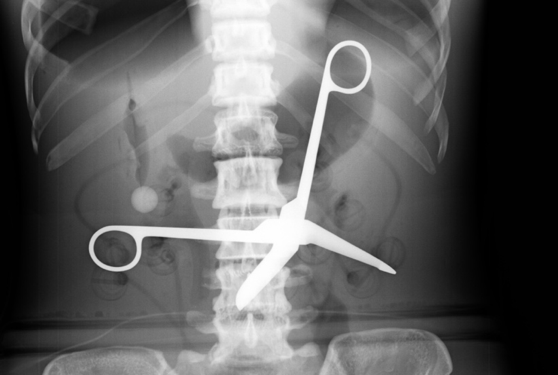When is one liable for Negligence or Malpractice?
Medical negligence or malpractice arises when someone in the medical profession, including doctors, surgeons, dentists and pharmacists, act or even fail to act in a way that is acceptable in the medical community in Australia, resulting in the patients’ harm or injuries.
Not all Medical Errors are a result of “negligence”
A patient who suffers an adverse outcome from a medical procedure does not have an automatic right to sue for negligence. An error, in medical practice, is only considered as “negligent” if the medical professional fails to take what is referred to as “reasonable care”, when treating or advising the patient. Furthermore, if there is no serious physical, psychological or economic harm suffered by the patient, then one may not be eligible to claim compensation for medical negligence. Hence, minor or trivial grievances, a negative outcome due to the inherent risks of the treatment or procedures and a patient’s unhappiness with the result of the surgery are not, in isolation, classified as medical negligence.
Examples of what could result in Medical Negligence
- Treatment or surgery performed without the required “reasonable care”.
- Failure to provide the appropriate treatment.
- Failure to provide timely treatment.
- Incorrectly prescribed medications.
- Incorrect diagnosis of a medical condition.
- Failure to advise and warn patient of the risks associated with treatment.
- Supplying a faulty medical product, device or appliance.
Proving Medical Negligence
A patient must prove that the medical treatment provider was negligent and that as a result, the patient, suffered damages.
-
The Patient
The capacity to sue lies with that person who can prove that he or she has suffered damage as a result of negligence.
-
Causation
It is important to prove not only that the medical professional was negligent, but, one must also prove that the damage caused was in fact due to that wrongdoing and had such negligence not occurred, the damage would not have resulted.
-
Defence for the Medical Professional
If the medical professional acted in a widely accepted way, by the professional’s peers in Australia, then the medical professional is unlikely to held liable. However, should the court consider such peer professional opinion as “irrational”, it may not rely on it.
-
Failure to Warn
A medical professional is bound to warn the patient of the risks associated with a particular procedure or treatment. Should one claim that the damage was a direct result of such risks which were not explained, that person would also need to prove that:
a. The specific outcome was in fact a known risk of the procedure;
b. The risk was in fact a significant one;
c.The medical practitioner failed to warn the patient of such risks; and
d. Had the medical practitioner warned the patient of the risks, the patient would not have agreed to the procedure. -
Damages
Proving negligence alone is not enough. One must also prove that damage ensued for any compensation to be awarded. Damages may include:
a.Medical expenses;
b.Costs for home renovations in cases of disability;
c.Domestic assistance and home care costs;
d.Loss of income; or
e.Pain and suffering.
The Civil Liability Act gives a number of caps and thresholds on the amounts that can be recovered.
Contact Allied Legal
The information above provides a basic overview of the law of medical negligence in Australia. Medical negligence is a highly complex and technical area of law. Changes in the law, over the years, within different states, as well as the evolving interpretation of the law by the courts, further complicate the complexity of this subject. Allied Legal’s lawyers in Melbourne can help you with these and other issues. We provide free 30-minute initial consultations to help understand your needs. Please contact us when you are ready, for specialist advice: http://alliedlegal.com.au/contact





